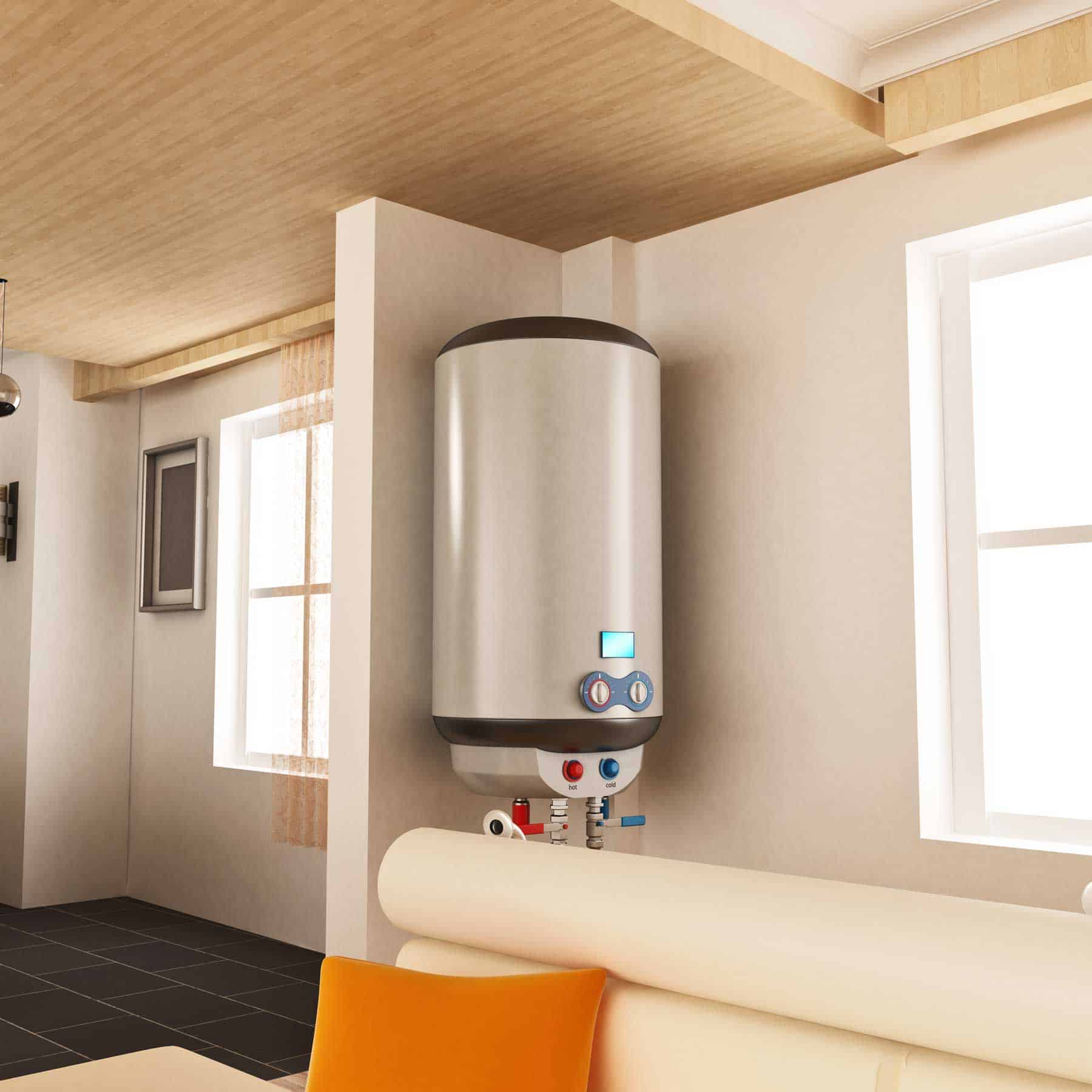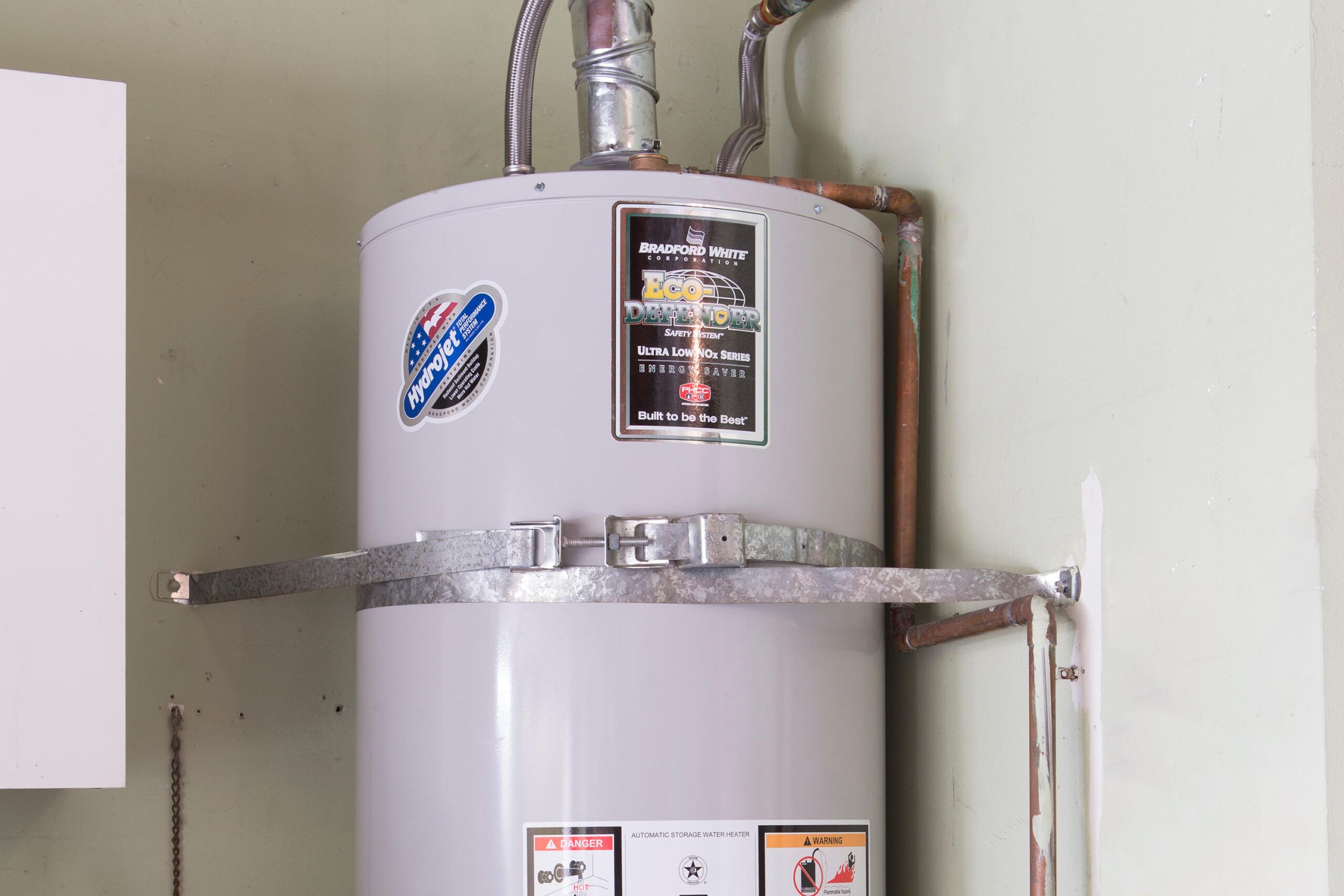Ensuring Durability of Your Home's Hot Water System: Maintenance Tips
Ensuring Durability of Your Home's Hot Water System: Maintenance Tips
Blog Article
Almost everyone seems to have their unique idea involving How to Maintain a Hot Water Heater in a Few Simple Steps.

Hot water is vital for everyday convenience, whether it's for a revitalizing shower or cleaning recipes. To ensure your hot water system runs successfully and lasts longer, routine upkeep is vital. This article offers sensible tips and insights on how to preserve your home's warm water system to avoid disruptions and expensive fixings.
Intro
Keeping your home's hot water system might seem complicated, however with a couple of straightforward actions, you can ensure it runs efficiently for many years to come. This overview covers whatever from recognizing your hot water system to do it yourself maintenance pointers and knowing when to contact expert help.
Significance of Maintaining Your Warm Water System
Regular maintenance not just prolongs the life expectancy of your warm water system yet also ensures it operates efficiently. Neglecting maintenance can bring about decreased efficiency, greater power expenses, and also premature failure of the system.
Indications Your Hot Water System Demands Maintenance
Knowing when your warm water system needs interest can stop significant concerns. Keep an eye out for indications such as inconsistent water temperature level, odd noises from the heating unit, or corroded water.
Comprehending Your Hot Water System
Prior to diving right into upkeep tasks, it's handy to recognize the standard elements of your warm water system. Commonly, this includes the water heater itself, pipes, anode poles, and temperature controls.
Month-to-month Maintenance Tasks
Regular regular monthly checks can aid capture minor issues prior to they rise.
Purging the Hot Water Heater
Flushing your water heater gets rid of sediment buildup, improving performance and lengthening its life.
Monitoring and Replacing Anode Rods
Anode rods avoid deterioration inside the storage tank. Inspecting and replacing them when broken is important.
Evaluating and Adjusting Temperature Level Setups
Adjusting the temperature settings makes sure optimum efficiency and safety and security.
DIY Tips for Maintenance
You can execute numerous upkeep tasks yourself to keep your hot water system in top condition.
Checking for Leakages
Routinely examine pipes and links for leakages, as these can cause water damages and greater costs.
Examining Stress Relief Valves
Testing the pressure relief valve ensures it works properly and avoids extreme stress accumulation.
Shielding Pipelines
Shielding warm water pipelines lowers warmth loss and can conserve power.
When to Call an Expert
While DIY maintenance is useful, some issues require professional proficiency.
Facility Concerns Calling For Expert Help
Examples consist of significant leakages, electrical problems, or if your water heater is continually underperforming.
Regular Professional Upkeep Benefits
Professional maintenance can consist of detailed inspections, tune-ups, and ensuring conformity with safety requirements.
Conclusion
Regular maintenance of your home's hot water system is necessary for performance, longevity, and cost savings. By complying with these tips and knowing when to seek expert assistance, you can make sure a reputable supply of warm water without unanticipated disturbances.
Water Heater Maintenance: The Basics
Maintaining your water heater will ensure it operates efficiently and has a longer lifespan. Neglecting regular maintenance can lead to costly repairs and an even bigger chunk of your savings if you have to replace it sooner than necessary. But there’s good news: Most water heater maintenance tasks are relatively simple and easy for homeowners with basic DIY skills.
Flush the Water Heater
Over time, sediment and minerals can build up in the tank, reducing its efficiency and potentially causing damage. To flush the tank, turn off the power or gas supply, attach a hose to the drain valve near the bottom and open the valve to drain the water until it runs clear. Ideally, flush the tank annually.
Replace the Anode Rod
The anode rod is a sacrificial metal rod that helps prevent corrosion inside the tank. Inspect and replace it every three to five years or per the manufacturer's recommendation. To replace the anode rod, turn off the power or gas supply, drain a few gallons of water from the tank, unscrew the old rod and replace it with a new one. If the anode rod is significantly corroded or covered in calcium buildup, it's a sign the water heater may need to be replaced soon.
Tune-Up
A yearly tune-up can help identify potential issues and ensure your water heater operates at peak efficiency. This typically involves checking the thermostat, burner assembly (for gas heaters) and any other components specified by the manufacturer. During a tune-up, the technician may also clean the burner and adjust the pilot light (for gas heaters) or examine the heating elements (for electric heaters).
How to Maintain Your Water Heater
Insulate the tank. Insulating the tank can improve energy efficiency and reduce heat loss, saving you money on energy bills. You can purchase precut insulation blankets designed specifically for water heaters or use standard fiberglass insulation wrapped securely around the tank. Check the temperature. The recommended water temperature for most households is around 120 degrees Fahrenheit (49 degrees Celsius). Higher temperatures can increase energy costs and potentially cause scalding. Use a kitchen thermometer to check the temperature at the faucet nearest the water heater. Monitor water pressure. Excessive water pressure can strain the water heater and cause leaks or even tank failure. Install a pressure-reducing valve if necessary. The ideal water pressure range is between 60 and 70 PSI (pounds per square inch). Test the temperature and pressure (T&P) relief valve. The T&P relief valve is a safety feature that releases pressure if the tank gets too hot or the pressure builds up too high. Test it annually by lifting the lever and allowing a small amount of water to release. Replace the valve if it doesn't release water or reseal properly. Check for leaks. Regularly inspect the tank, pipes and fittings for leaks or corrosion. Deal with issues promptly to prevent further damage. Even a small leak can lead to significant water damage over time. Consider a tankless water heater. If your traditional tank-style water heater is nearing the end of its lifespan ( typically 10 years), consider replacing it with a tankless water heater. These units heat water on demand, reducing standby energy losses and potentially saving you money on your energy bills. Schedule professional maintenance. While homeowners can perform many water heater maintenance tasks, it's still a good idea to schedule professional maintenance every few years. A plumber or HVAC technician can thoroughly inspect the unit, identify potential issues and ensure it operates safely and efficiently. https://www.homeserve.com/en-us/blog/home-improvement/hot-water-heater-maintanence/

Do you appreciate reading about What Kind of Maintenance Do Water Heaters Need?? Leave a comment directly below. We'd be pleased to find out your thoughts about this article. We hope that you come back again before long. Sharing is caring. You never know, you might be helping someone out. I enjoy your readership.
Click Here Report this page